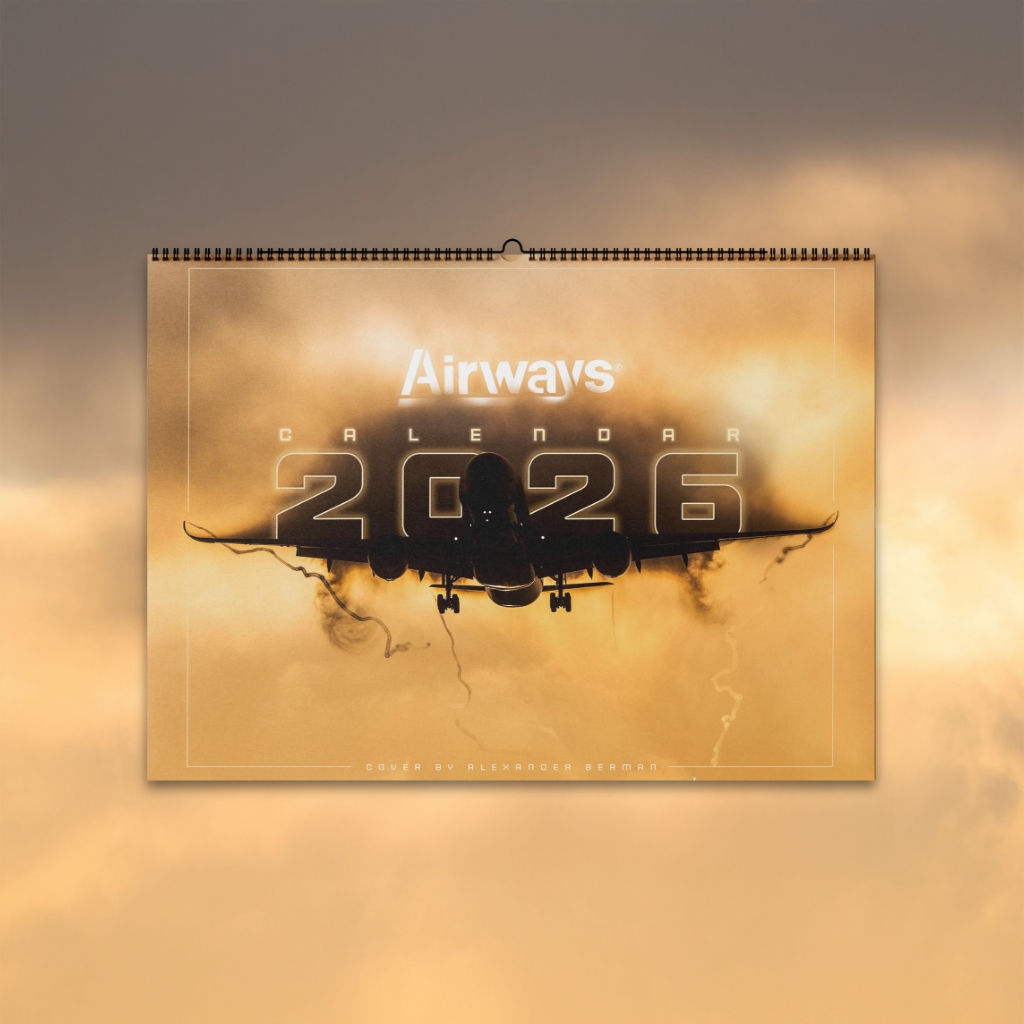DALLAS — From the first time a U.S. president took to the skies to today’s complex debates over new, high-tech presidential aircraft, the evolution of Air Force One mirrors the nation’s technological and political journey.
To celebrate Presidents' Day, officially George Washington's Birthday at the federal governmental level and a holiday in the U.S. celebrated on the third Monday of February, this article explores the rich history of official presidential aircraft—from the pioneering days of Franklin D. Roosevelt’s modified transports to the modern controversies involving Boeing, Trump, and the next generation of Air Force One.

The Birth of Presidential Air Travel
Although often cited as the first U.S. “president” to fly, Theodore Roosevelt did so as a former president in 1910. However, it wasn’t until World War II that air travel became indispensable for the commander-in-chief.
On January 11, 1943, Franklin D. Roosevelt became the first sitting president to travel on official business by airplane. He flew to a WWII strategy meeting with Winston Churchill at Casablanca in North Africa, crossing the Atlantic on a Boeing 314 Flying Boat named the ‘Dixie Clipper’.
Setting a precedent for future leaders, President Franklin D. Roosevelt’s urgent need for secure, reliable, and rapid transportation during the war led to a dramatic shift away from commercial airlines.
Concerned for the president’s safety, military advisors arranged for a dedicated VIP transport. In 1943, a Douglas VC-54C Skymaster was converted into a presidential aircraft. The type would be nicknamed with an idiom that would underscore the gravity of ensuring secure and reliable transportation during wartime.
The first U.S. Presidential aircraft carried a crew of seven and 15 passengers. It was powered by four Pratt and Whitney R-2000 engines of 1,450 hp each, had a maximum speed of 300 mph, a range of 3,900 miles with a ceiling of 22,300 feet and a weight of 80,000 lbs. when loaded.
This plane—later used briefly by President Harry S. Truman—symbolized the nation’s first step toward establishing an airborne White House.

The Early Years: From “Sacred Cow” to the Jet Age
The concept of a dedicated presidential aircraft gained momentum in the immediate postwar era as President Truman’s administration introduced the VC-54C ‘Sacred Cow’ and later the VC-118 ‘Independence’, named for Truman’s hometown—Independence, Missouri.
These early transports were marvels of engineering for their time. Their distinct markings—a bald eagle painted on the nose—began to represent the presidency visually.
The term ‘Air Force One’ was not an official name at first—it became a critical safety measure in 1953 during President Dwight D. Eisenhower’s tenure to prevent mid-air confusion when a presidential aircraft encountered a commercial flight using the same call sign—The designation was officially adopted in 1962.
Eisenhower’s modified Lockheed Constellations—Columbine II and Columbine III—helped standardize presidential air travel in an era that saw the use of propeller‐driven aircraft; the jet age in presidential travel was later marked by the Boeing 707 in the 1960s.
Manufacturers of Iconic Aircraft
Over the decades, a series of aircraft have airlifted the president, each reflecting technological advances and changes in security needs. Notable examples include:
- Franklin D. Roosevelt’s Transports: These aircraft were early symbols of presidential mobility, whether flying on a Pan Am Boeing 314 Clipper to Casablanca or the later-modified C-54 to Yalta.
- Truman and Eisenhower’s VIP Jets: The VC-118 “Independence” and the Lockheed C-121 Constellations (Columbine II and III) introduced the aesthetic and functional blueprint for future presidential transports.
- The Jet Era – SAM 26000 and SAM 27000: Under Presidents Kennedy through Nixon—and later Ford, Carter, and Reagan—the VC-137 series of Boeing 707s (notably SAM 26000 and SAM 27000) defined presidential travel. These jets, with interiors that began to resemble a “flying Oval Office,” introduced features such as secure communications, advanced navigation, and even self-defense systems.
- Modern Air Force One – The VC-25A: Since 1990, the presidency has relied on two specially modified Boeing 747-200B aircraft, the VC-25A. These jets offer nearly 4,000 square feet across three decks, functioning as transport and mobile command centers, equipped for in-flight refueling and shielded against electromagnetic threats.
Manufacturers like Douglas, Lockheed, and—most notably in recent decades—Boeing have all played critical roles in shaping the evolution of presidential air travel. Their innovations have ensured that each successive aircraft is more advanced, secure, and capable than its predecessor.

The New Era: Boeing, Trump, and the Next Generation Air Force One
As the current VC-25A jets near the end of their service life, plans to replace them have ignited controversy, political intrigue, and engineering challenges.
Boeing was awarded a contract—originally negotiated during President Trump’s first term—to build two new presidential jets based on the larger 747-8 platform (the VC-25B). These next-generation aircraft promise enhanced range, upgraded communications, and even greater self-sufficiency.
Yet the program has been plagued by delays and cost overruns. Initially slated for delivery in the mid-2020s, the timeline has now slipped. Recent reports suggest that production issues, supply chain snags, and complex wiring challenges could push delivery as late as 2029 or beyond.
During his first term, President Trump renegotiated the contract to keep costs below US$4 billion and even proposed a bold red, white, and blue livery design.
Although his original design was scrapped in favor of a lighter blue scheme (a nod to traditions dating back to the Kennedy era), his involvement, as well as that of previous U.S. Heads of state, remains a noteworthy example of how presidential priorities can directly influence the nation’s aerial assets.

Conclusion
The evolution of presidential aircraft in the U.S. is a story of innovation, security, and national pride. From the humble beginnings of a modified transport plane during World War II to the high-tech, multi-functional jets of today, each aircraft has served as a means of rapid transport and a powerful symbol of the presidency.
As Boeing and the U.S. Air Force work to overcome the challenges of the new Air Force One program, the legacy of presidential travel continues to capture the imagination of a nation that has long looked to the skies as a frontier of possibility and power.
Article sources: nationalmuseum.af.mil, history.com, businessinsider.com, wsj.com
Stay connected at every stop along your journey! Get any Saily mobile data plan at 5% off with the code AIRWAYSMAG5 + up to 5GB free!

(1).avif)



